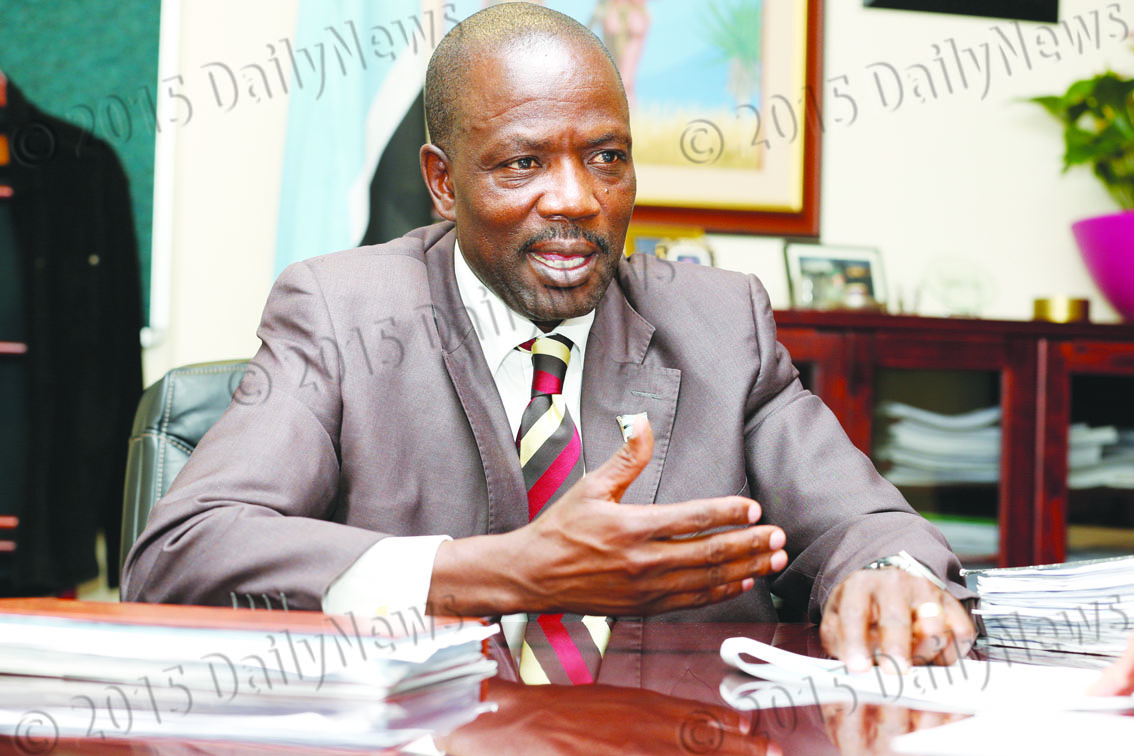Presidents Housing Appeal leaves footprint
16 Mar 2015
Upon assuming office in April 2008, President Lt. Gen Seretse Khama Ian Khama immediately set out on a noble mission. The mission was to, among others, close the gap between the haves and have-nots.
He had realised that government handouts and programmes had overtime proved to be inadequate for the homeless who fell within this gap. What would follow was the birth of the President’s Housing Appeal Fund.
“The fund was named the President’s Housing Appeal so that any sitting good hearted president can carry on with the good spirit,” explains senior private secretary to the President, Brigadier George Tlhalerwa.
He says the fund caters for those on the ‘borderline’ but not eligible for government programmes given one could not differentiate between such people and those who qualified for accommodation under government’s social safety nets.
Since the fund’s inception, private companies, churches, organisations and individuals have come on board to rescue the lot of Batswana that does not have roofs over their heads.
Brigadier Tlhalerwa explains that his office has received diverse donations, ranging from cash, building material to complete and fully furnished structures. All these are recorded as he flips through one of the three files heaped with receipts and bank deposit slips.
Yet, not every house donated is built through the fund as some philanthropists prefer to deliver an already completed structure which Brigadier Tlhalerwa describes as a faster process compared to constructing directly from the fund.
Initially, he explains, the idea was just to provide shelter but donors took the idea to the next level, furnishing houses, electrifying and connecting water systems. Factors such as size of family and location also determine the type of houses donated. He cites a bachelor pad as suitable for an aging couple.
“We don’t have an exact figure of beneficiaries. People benefit as individuals, couples or families. To date, 406 houses have been donated, benefiting an estimated population of 2 436,” says Brigadier Tlhalerwa. Currently, he adds, 75 houses are under construction and if all falls into plan, the fund will at the end of the year boast 150 houses with 50 more expected from donors.
Since the fund handles some financial transactions, two chartered accountants have volunteered to manage and audit books on a regular basis. “We also help in turning incomplete structures into homes and during such we engage beneficiaries to participate in activities such as brick moulding so that they feel part of the process and not just recepients of handouts,” he explains.
Districts, reckons Brigadier Tlhalerwa, are given an equal share but there will always be a difference given factors such as size of the area while some donors dictate where they want to donate.
The fund’s footprints are much visible in rural areas as compared to peri-urban and urban areas because majority of people with stands in urban areas get a boost from government programmes such as Self Help Housing Agency.
Brigadier Tlhalerwa expresses gratitude to what he calls silent givers more especially the media that give a voice, space and time to the fund, thus an encouragement to more givers. He says the initiative is not about the President’s office, every Motswana should own it.
Prior to each donation, beneficiaries undergo counselling to encourage them to gain independence because a house on its own earns one dignity and value, two important factors that keep many individuals pushing forward.
| District | Completed Houses | Under Construction | Total |
|---|---|---|---|
| North West | 62 | 10 | 72 |
| Kweneng | 109 | 29 | 138 |
| Central | 53 | 18 | 71 |
| Gaborone | 2 | 1 | 3 |
| Selebi Pkikwe | 2 | 0 | 2 |
| Jwaneng | 1 | 0 | 1 |
Source : BOPA
Author : Ndingililo Gaoswediwe
Location : Gaborone
Event : Feature article
Date : 16 Mar 2015







